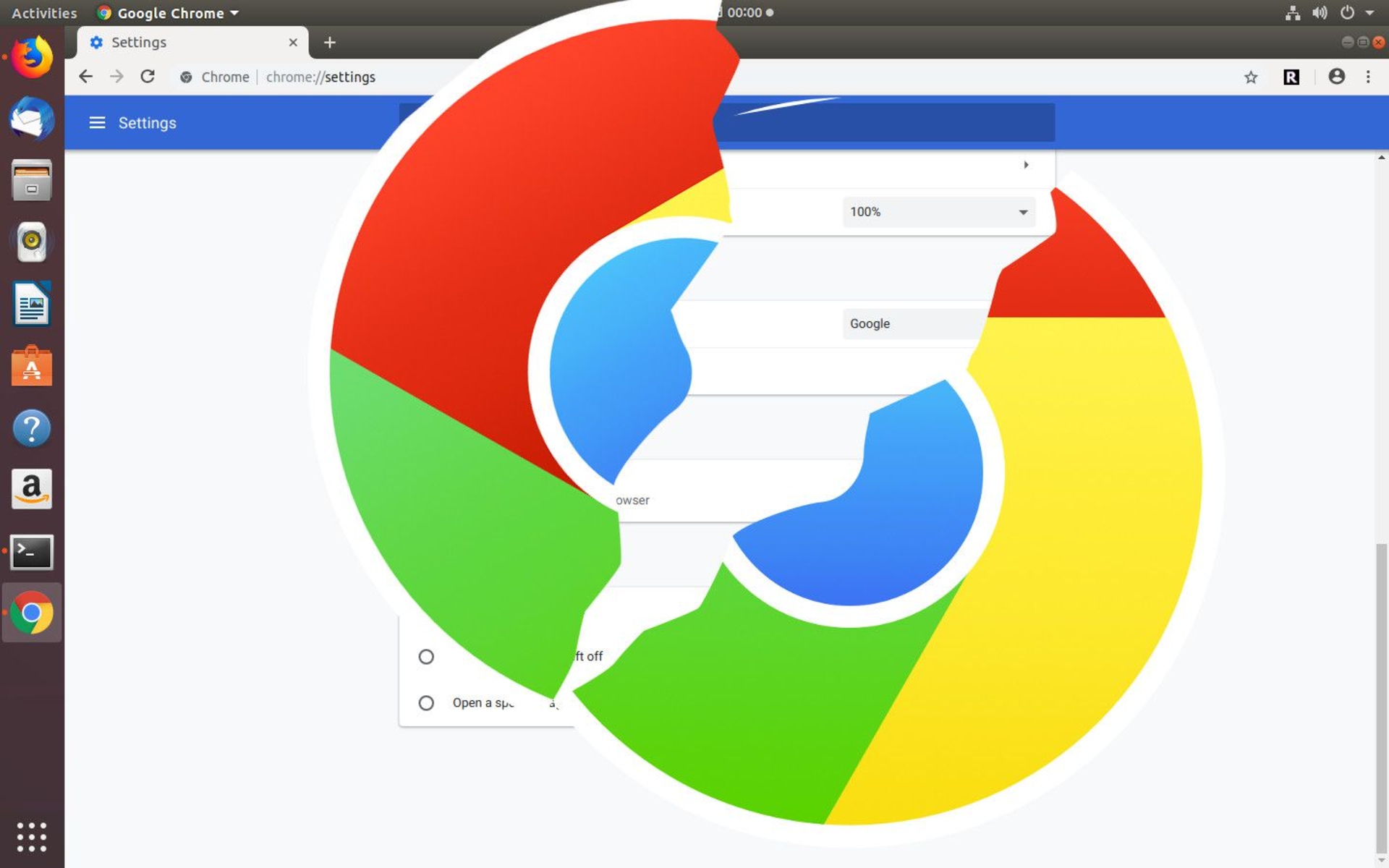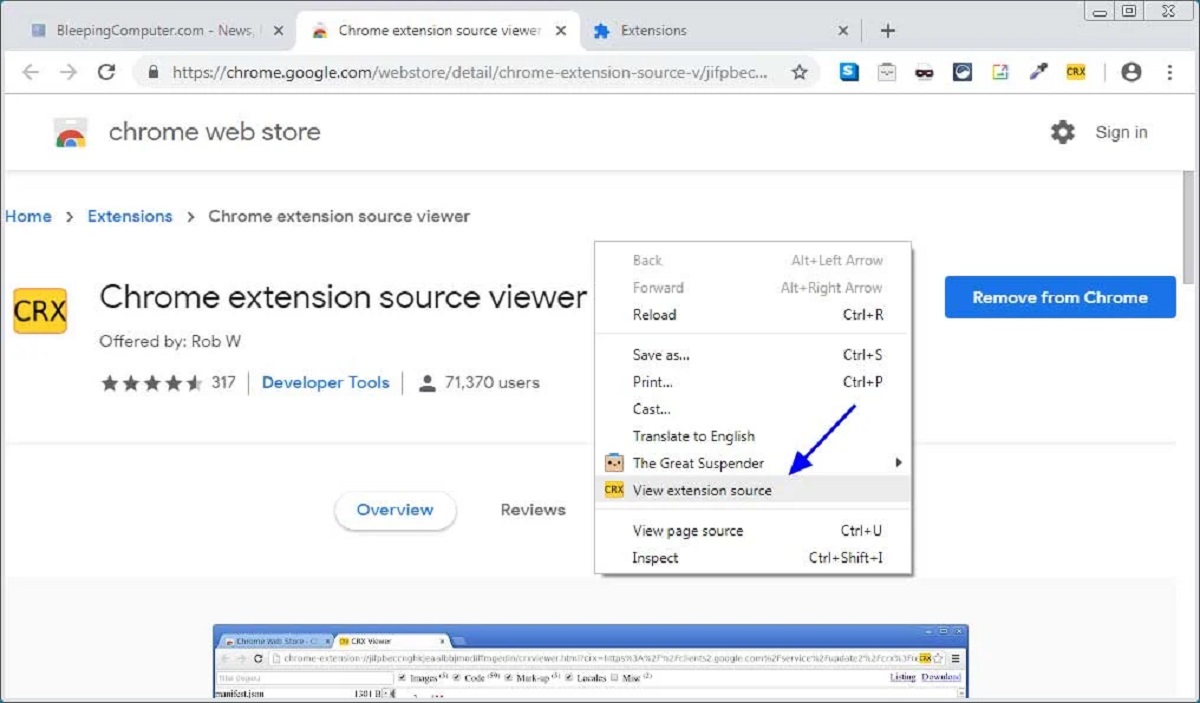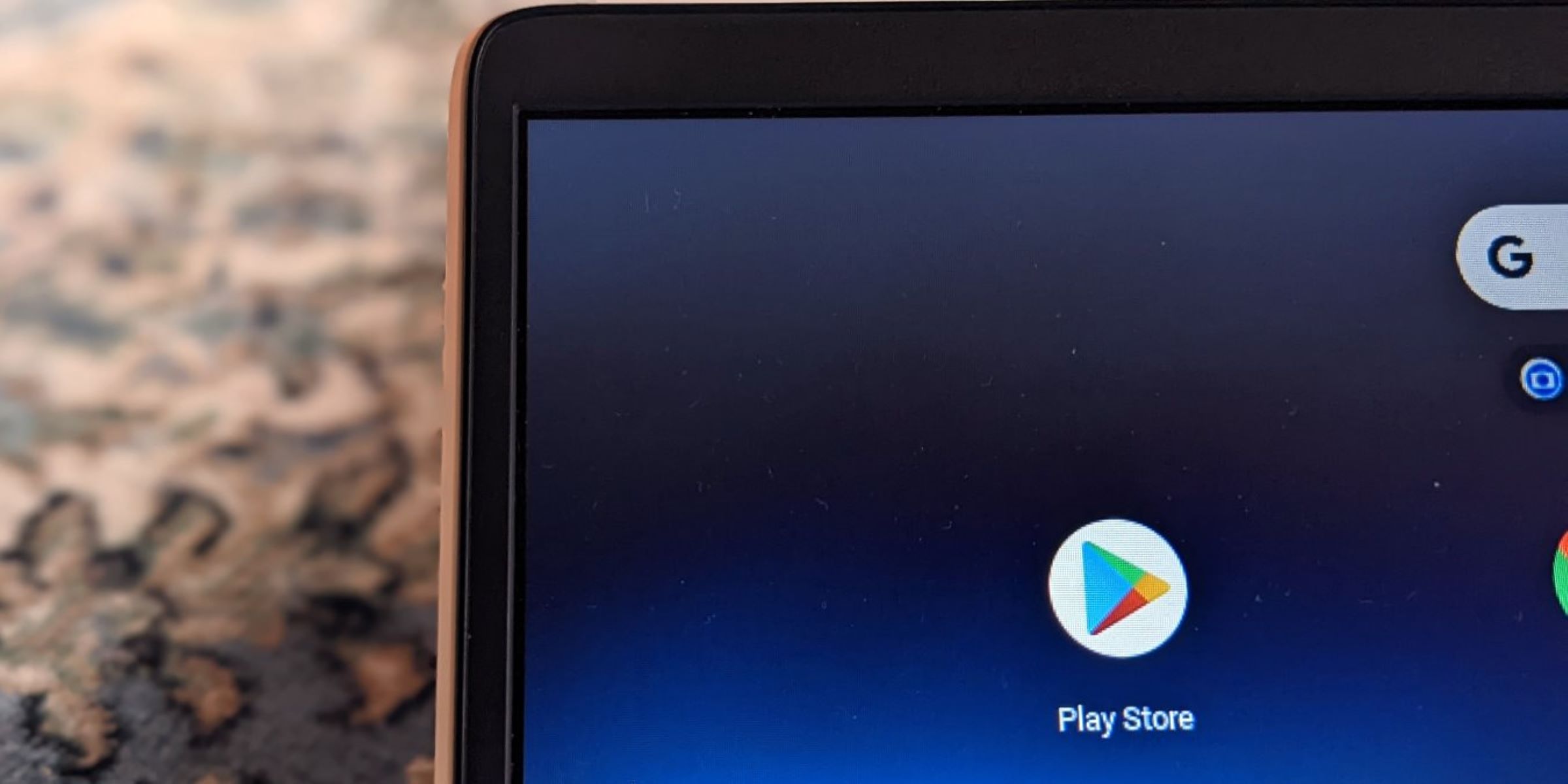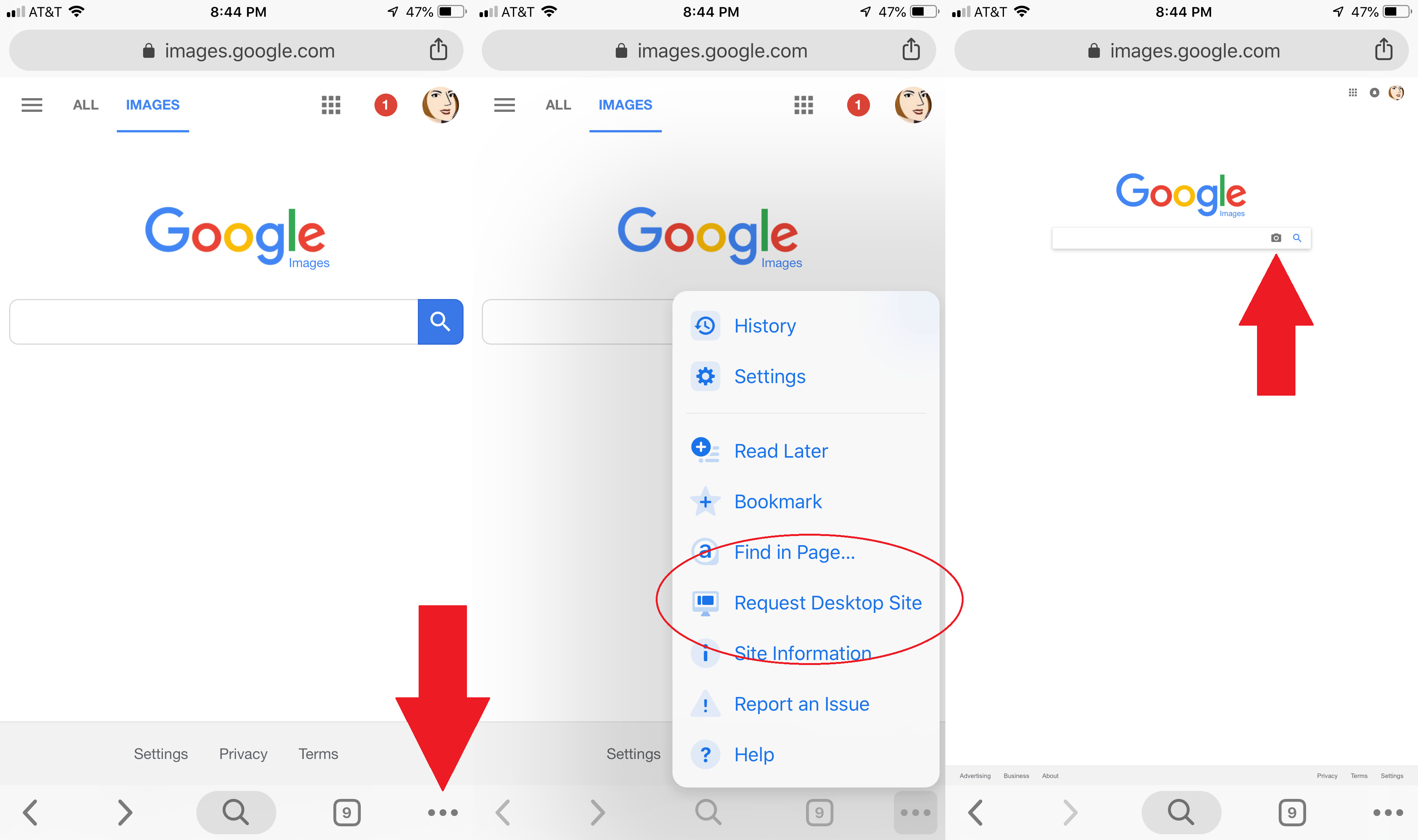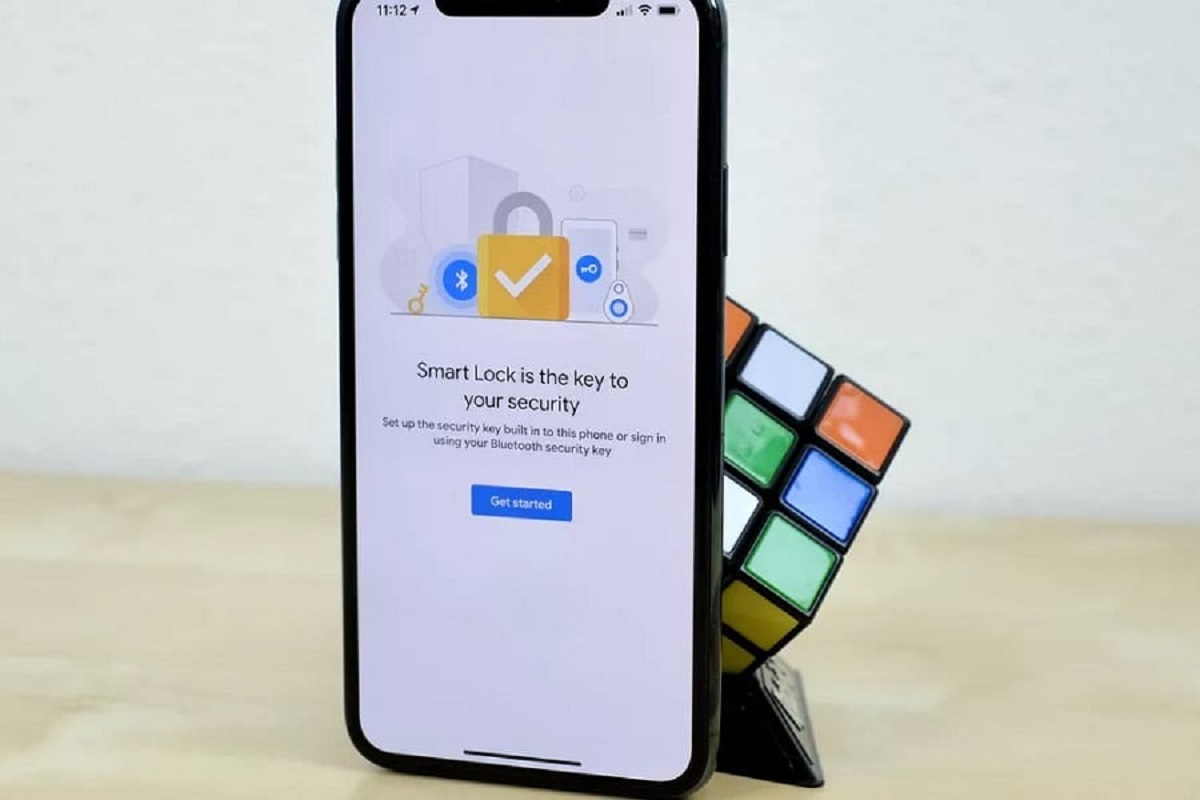Outdated Chrome App
An outdated Chrome app can be a common culprit when your browsing experience starts to go haywire. As technology advances at a rapid pace, software developers frequently release updates to enhance performance, security, and compatibility. If you're encountering issues with your Chrome app, it's essential to consider whether you're using the latest version.
Signs of an Outdated Chrome App
-
Sluggish Performance: An outdated Chrome app may struggle to keep up with the demands of modern web content, leading to slow loading times and unresponsive tabs.
-
Security Vulnerabilities: Outdated software is more susceptible to security threats, potentially exposing your personal information to malicious entities.
-
Compatibility Issues: New web technologies and standards may not be fully supported by older versions of Chrome, causing websites to display incorrectly or malfunction.
How to Address an Outdated Chrome App
-
Update Chrome: To ensure you're running the latest version of Chrome, click on the three-dot menu in the top-right corner of the browser window, navigate to "Help," and select "About Google Chrome." This will prompt Chrome to check for updates and install them if available.
-
Automatic Updates: Enabling automatic updates for Chrome can streamline the process, ensuring that you're always benefiting from the latest features and security patches without having to manually intervene.
-
Restart Chrome: After updating the app, it's advisable to restart Chrome to ensure that the changes take effect and any lingering issues are resolved.
By keeping your Chrome app up to date, you can enjoy a smoother and more secure browsing experience, while also minimizing the risk of encountering compatibility problems with websites and web-based applications.
Internet Connection Issues
A stable internet connection is the lifeblood of modern browsing, and when it falters, it can wreak havoc on your Chrome app's functionality. Internet connection issues can manifest in various ways, from slow page loading to complete unresponsiveness. Identifying and addressing these issues is crucial for restoring seamless browsing experiences.
Signs of Internet Connection Issues
- Slow Page Loading: If web pages take an eternity to load or display partially, it's a clear indicator of connectivity problems.
- Intermittent Connectivity: Frequent disconnections or erratic behavior of web-based applications point to underlying internet issues.
- Error Messages: Messages such as "No Internet Connection" or "DNS Server Not Responding" signal potential connectivity troubles.
Troubleshooting Internet Connection Issues
- Check Other Devices: Verify if other devices connected to the same network are experiencing similar issues. If they are, the problem likely lies with the network itself.
- Restart Router: Power cycling the router can resolve temporary glitches and reestablish a stable connection.
- Update Network Drivers: Outdated or corrupted network drivers can impede connectivity. Updating these drivers can often resolve the issue.
- Switch to Ethernet: If using Wi-Fi, switching to a wired Ethernet connection can help rule out wireless interference as the cause of connectivity problems.
- Contact Internet Service Provider (ISP): If the issue persists, reaching out to your ISP for assistance may be necessary to address more complex network issues.
Chrome's Role in Internet Connection Issues
While Chrome itself may not directly cause internet connection issues, it can sometimes amplify existing problems. For instance, a poorly optimized website may struggle to load on Chrome when the internet connection is unstable, leading to a frustrating user experience. Additionally, Chrome's built-in features, such as automatic page preloading, may exacerbate connectivity issues by attempting to fetch content in the background, further straining an already struggling connection.
By understanding the signs of internet connection issues and following the troubleshooting steps, users can effectively diagnose and resolve connectivity problems, ensuring a smoother browsing experience with their Chrome app.
Corrupted Cache and Cookies
Corrupted cache and cookies can significantly impact the performance and functionality of your Chrome app. These elements, while designed to enhance browsing speed and convenience, can sometimes become corrupted, leading to a range of issues. Understanding the role of cache and cookies, along with the potential problems they can cause, is crucial for maintaining a smooth browsing experience.
The Role of Cache and Cookies
Cache: When you visit a website, certain elements such as images, scripts, and stylesheets are stored locally in the browser's cache. This allows subsequent visits to the same site to load faster, as the browser can retrieve these elements from the cache rather than downloading them again.
Cookies: Cookies are small pieces of data stored on your computer by websites you visit. They serve various purposes, such as remembering login credentials, site preferences, and items in a shopping cart.
Signs of Corrupted Cache and Cookies
- Page Loading Issues: Corrupted cache and cookies can lead to erratic page loading behavior, with elements failing to display correctly or not loading at all.
- Login Problems: If you're experiencing difficulties logging into websites where you previously had no issues, corrupted cookies could be the culprit.
- Website Errors: Certain websites may display error messages or fail to function as expected due to corrupted cache and cookies.
Addressing Corrupted Cache and Cookies
- Clearing Browser Data: In Chrome, you can clear the cache and cookies by accessing the "Clear browsing data" option in the settings menu. Selecting the appropriate time range and checking the relevant options can effectively purge corrupted data.
- Using Incognito Mode: Browsing in Chrome's incognito mode bypasses stored cache and cookies, providing a temporary solution for troubleshooting issues related to these elements.
- Resetting Chrome Settings: In some cases, resetting Chrome to its default settings can resolve persistent cache and cookie-related problems.
Preventing Future Issues
Regularly clearing cache and cookies can help prevent the accumulation of corrupted data. Additionally, being mindful of the websites you visit and the potential impact of third-party cookies can contribute to a cleaner browsing experience.
By addressing corrupted cache and cookies, users can restore the functionality of their Chrome app and enjoy a more seamless browsing experience, free from the disruptions caused by these common culprits.
Conflicting Chrome Extensions
Chrome extensions are powerful tools that can enhance the functionality and versatility of the Chrome browser. However, when multiple extensions with conflicting features or code interact, they can create a myriad of issues, ranging from minor glitches to complete browser instability. Understanding the potential impact of conflicting Chrome extensions and how to address them is crucial for maintaining a smooth browsing experience.
Signs of Conflicting Chrome Extensions
Identifying conflicting Chrome extensions can be challenging, as the symptoms often mimic other browser-related issues. However, certain signs can indicate the presence of extension conflicts:
-
Browser Crashes: Frequent crashes or sudden browser shutdowns, especially when performing specific tasks, may point to conflicting extensions.
-
Unresponsive Tabs: Tabs becoming unresponsive or freezing intermittently, particularly after installing new extensions, could signal conflicts between them.
-
Slow Performance: A noticeable decrease in browsing speed or overall browser performance, despite sufficient system resources, may be attributed to conflicting extensions consuming excessive resources.
Troubleshooting Conflicting Chrome Extensions
Resolving conflicts between Chrome extensions involves a systematic approach to identify and address the root cause of the issues. Here are some effective troubleshooting steps:
-
Disable Extensions: Temporarily disabling all extensions and then selectively re-enabling them one by one can help pinpoint the specific extensions causing conflicts.
-
Update Extensions: Ensuring that all installed extensions are up to date can resolve compatibility issues and potential conflicts arising from outdated versions.
-
Review Extension Permissions: Some extensions may request extensive permissions that overlap with other installed extensions, leading to conflicts. Reviewing and adjusting permissions can mitigate conflicts.
-
Use Chrome's Task Manager: Chrome's built-in task manager can help identify resource-intensive extensions, shedding light on potential conflicts.
-
Seek Community Feedback: Online forums and community discussions often provide insights into known conflicts between specific extensions, helping users make informed decisions about their extension combinations.
Preventing Future Conflicts
To minimize the likelihood of encountering conflicts between Chrome extensions, consider the following preventive measures:
-
Regularly Review Installed Extensions: Periodically review and uninstall unnecessary or redundant extensions to streamline the browser environment and reduce the potential for conflicts.
-
Research New Extensions: Before installing new extensions, research user reviews and developer information to gauge potential compatibility issues with existing extensions.
-
Keep Extensions Updated: Regularly updating extensions ensures that they remain compatible with the latest browser updates and reduces the risk of conflicts due to outdated code.
By proactively addressing conflicting Chrome extensions and implementing preventive measures, users can maintain a harmonious and efficient browsing experience, leveraging the benefits of extensions without the disruptions caused by conflicts.
Operating System Compatibility Issues
Operating system compatibility plays a pivotal role in the seamless functioning of the Chrome app. As technology evolves, operating system updates are released to introduce new features, enhance security, and improve overall performance. However, these updates can sometimes lead to compatibility issues with certain applications, including web browsers like Chrome. Understanding the impact of operating system compatibility issues and how to address them is essential for ensuring a smooth browsing experience.
Signs of Operating System Compatibility Issues
Identifying operating system compatibility issues with the Chrome app requires attentiveness to specific indicators that point to potential conflicts. Some common signs include:
- Browser Crashes: After updating the operating system, frequent Chrome crashes or sudden browser shutdowns may indicate compatibility issues.
- Inconsistent Performance: Sluggish browsing, unresponsive tabs, or delays in executing commands within Chrome following an OS update can signify compatibility challenges.
- Feature Limitations: Certain features or functionalities within the Chrome app may become limited or non-functional after an operating system update, reflecting compatibility issues.
Troubleshooting Operating System Compatibility Issues
Resolving compatibility issues between the operating system and the Chrome app involves systematic troubleshooting to identify and address the root cause of the problems. Here are effective steps to mitigate these issues:
-
Update Chrome: Ensuring that the Chrome app is running the latest version can resolve compatibility conflicts arising from outdated software.
-
Check for Chrome Updates: After an operating system update, checking for Chrome-specific updates is crucial, as developers often release patches to address compatibility issues with new OS versions.
-
Review System Requirements: Verifying that the Chrome app aligns with the minimum system requirements of the updated operating system can help identify potential compatibility gaps.
-
Reinstall Chrome: If compatibility issues persist, reinstalling the Chrome app can reset configurations and resolve underlying conflicts with the updated operating system.
-
Seek Official Support: Consulting official support channels for both the operating system and Chrome can provide insights and potential solutions for compatibility challenges.
Preventing Future Compatibility Issues
To minimize the impact of operating system compatibility issues on the Chrome app, proactive measures can be taken:
-
Stay Informed: Keeping abreast of upcoming operating system updates and their potential impact on Chrome compatibility can help users prepare for any necessary adjustments.
-
Regularly Update Chrome: Consistently updating the Chrome app ensures that it remains aligned with the latest operating system requirements, reducing the likelihood of compatibility issues.
-
Test Beta Versions: Participating in beta testing programs for both the operating system and Chrome can provide early insights into potential compatibility challenges, allowing users to address them before official updates are released.
By addressing operating system compatibility issues and implementing preventive measures, users can maintain a harmonious and efficient browsing experience with the Chrome app, ensuring that it remains seamlessly integrated with their updated operating systems.







